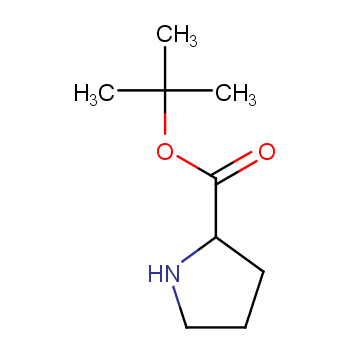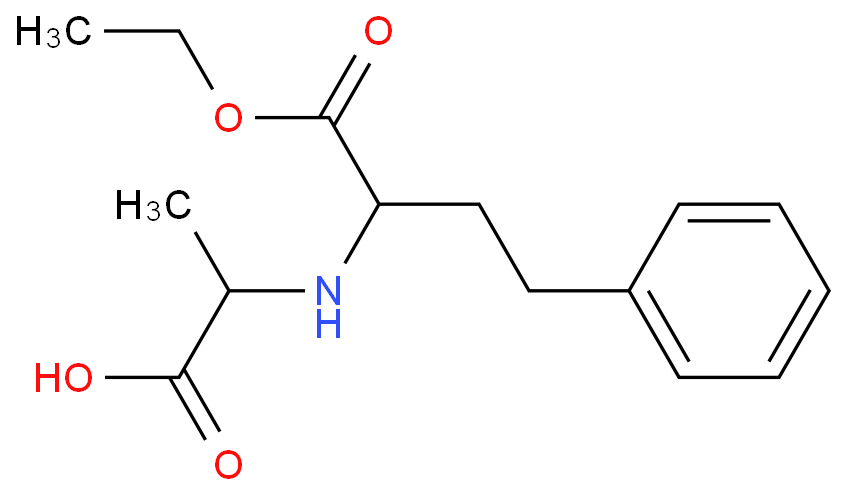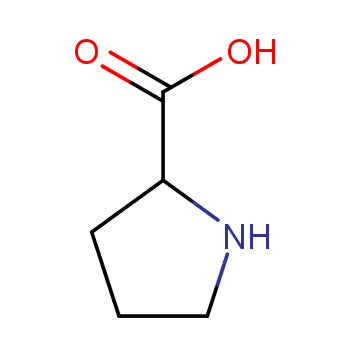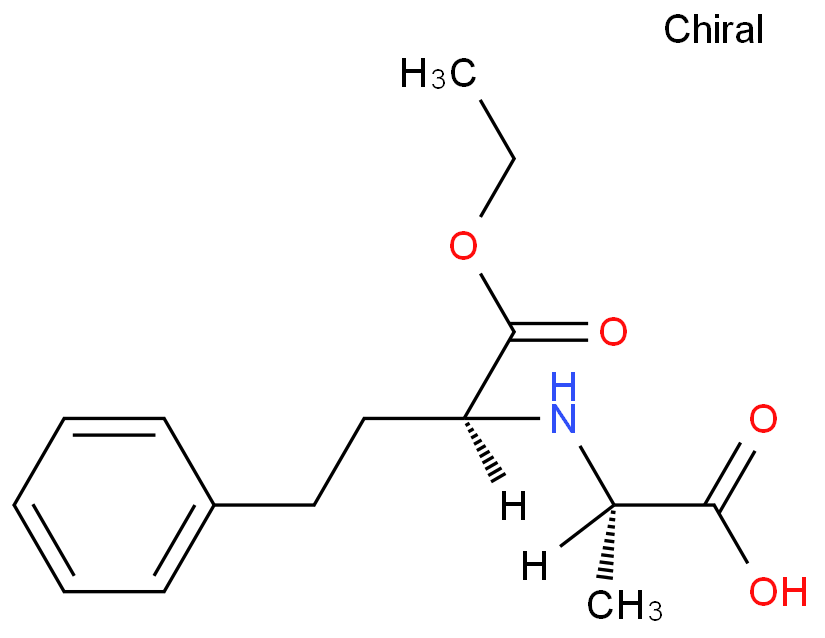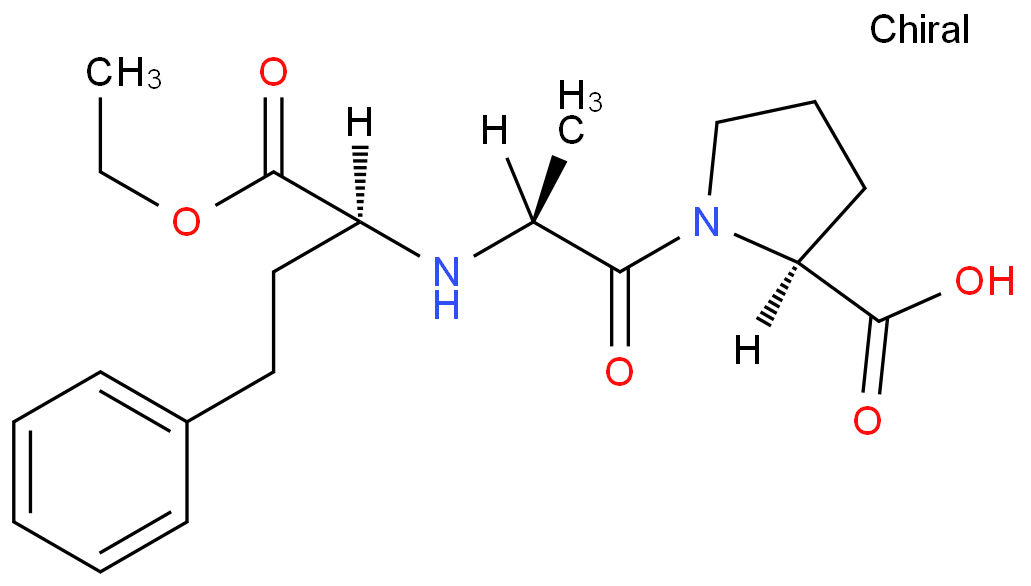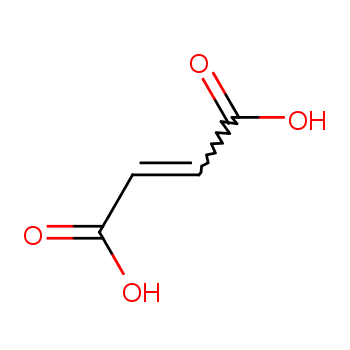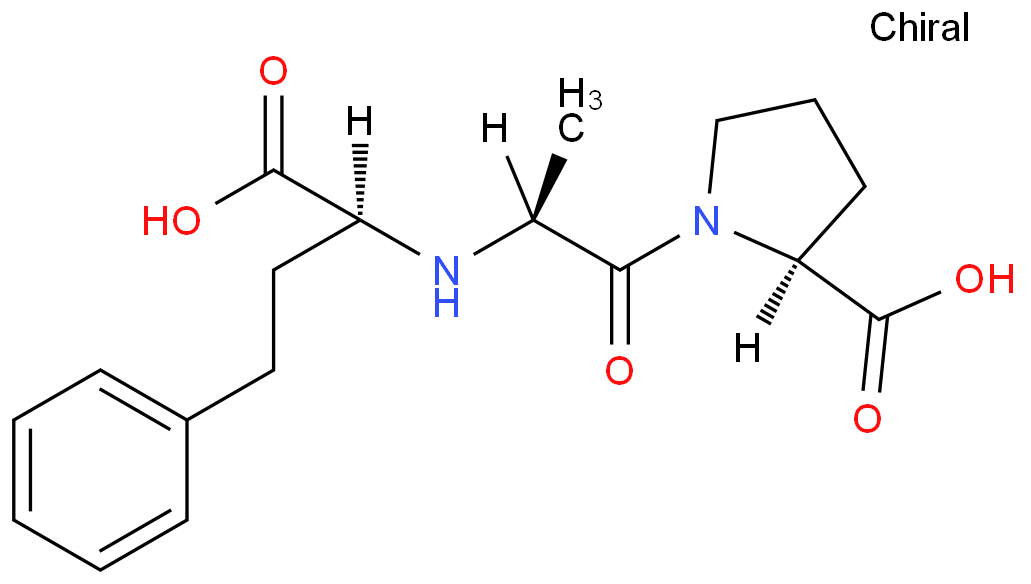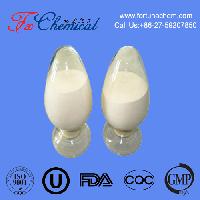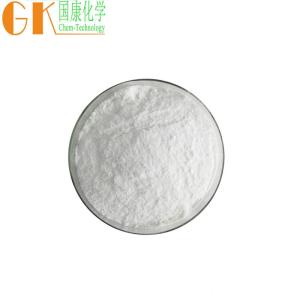| man |
TDLo |
oral |
71ug/kg (0.071mg/kg) |
VASCULAR: BP LOWERING NOT CHARACTERIZED IN AUTONOMIC SECTION |
British Medical Journal. Vol. 291, Pg. 1309, 1985. |
| man |
TDLo |
oral |
143ug/kg (0.143mg/kg) |
SKIN AND APPENDAGES (SKIN): "DERMATITIS, OTHER: AFTER SYSTEMIC EXPOSURE" |
British Medical Journal. Vol. 294, Pg. 91, 1987. |
| man |
TDLo |
oral |
357ug/kg/3D-I (0.357mg/kg) |
LUNGS, THORAX, OR RESPIRATION: ACUTE PULMONARY EDEMA |
American Journal of Emergency Medicine. Vol. 8, Pg. 124, 1990. |
| mouse |
LD50 |
intravenous |
859mg/kg (859mg/kg) |
BEHAVIORAL: CONVULSIONS OR EFFECT ON SEIZURE THRESHOLD
LUNGS, THORAX, OR RESPIRATION: RESPIRATORY DEPRESSION
BEHAVIORAL: ATAXIA |
Yakuri to Chiryo. Pharmacology and Therapeutics. Vol. 13, Pg. 413, 1985. |
| mouse |
LD50 |
oral |
3507mg/kg (3507mg/kg) |
BEHAVIORAL: CONVULSIONS OR EFFECT ON SEIZURE THRESHOLD
LUNGS, THORAX, OR RESPIRATION: RESPIRATORY DEPRESSION
BEHAVIORAL: ATAXIA |
Yakuri to Chiryo. Pharmacology and Therapeutics. Vol. 13, Pg. 413, 1985. |
| mouse |
LD50 |
subcutaneous |
1160mg/kg (1160mg/kg) |
BEHAVIORAL: CONVULSIONS OR EFFECT ON SEIZURE THRESHOLD
BEHAVIORAL: ATAXIA
LUNGS, THORAX, OR RESPIRATION: RESPIRATORY DEPRESSION |
Yakuri to Chiryo. Pharmacology and Therapeutics. Vol. 13, Pg. 413, 1985. |
| rat |
LD50 |
intravenous |
849mg/kg (849mg/kg) |
BEHAVIORAL: CONVULSIONS OR EFFECT ON SEIZURE THRESHOLD
LUNGS, THORAX, OR RESPIRATION: RESPIRATORY DEPRESSION
BEHAVIORAL: ATAXIA |
Yakuri to Chiryo. Pharmacology and Therapeutics. Vol. 13, Pg. 413, 1985. |
| rat |
LD50 |
oral |
2973mg/kg (2973mg/kg) |
BEHAVIORAL: CONVULSIONS OR EFFECT ON SEIZURE THRESHOLD
LUNGS, THORAX, OR RESPIRATION: RESPIRATORY DEPRESSION
BEHAVIORAL: ATAXIA |
Yakuri to Chiryo. Pharmacology and Therapeutics. Vol. 13, Pg. 413, 1985. |
| rat |
LD50 |
subcutaneous |
1418mg/kg (1418mg/kg) |
BEHAVIORAL: CONVULSIONS OR EFFECT ON SEIZURE THRESHOLD
BEHAVIORAL: ATAXIA
LUNGS, THORAX, OR RESPIRATION: RESPIRATORY DEPRESSION |
Yakuri to Chiryo. Pharmacology and Therapeutics. Vol. 13, Pg. 413, 1985. |
| women |
TDLo |
oral |
400ug/kg/2D-I (0.4mg/kg) |
SKIN AND APPENDAGES (SKIN): "DERMATITIS, OTHER: AFTER SYSTEMIC EXPOSURE" |
British Medical Journal. Vol. 294, Pg. 91, 1987. |
| women |
TDLo |
oral |
2800ug/kg/4W- (2.8mg/kg) |
KIDNEY, URETER, AND BLADDER: RENAL FUNCTION TESTS DEPRESSED
KIDNEY, URETER, AND BLADDER: OTHER CHANGES IN URINE COMPOSITION |
British Medical Journal. Vol. 291, Pg. 450, 1985. |
| women |
TDLo |
oral |
4mg/kg/10D-I (4mg/kg) |
LIVER: "HEPATITIS (HEPATOCELLULAR NECROSIS), ZONAL"
LIVER: LIVER FUNCTION TESTS IMPAIRED |
Annals of Pharmacotherpy. Vol. 27, Pg. 1405, 1993. |
| women |
TDLo |
oral |
5600ug/kg/4W- (5.6mg/kg) |
SENSE ORGANS AND SPECIAL SENSES: OTHER CHANGES: OLFACTION |
Lancet. Vol. 2, Pg. 1395, 1986. |
| women |
TDLo |
oral |
39500ug/kg/56 (39.5mg/kg) |
LUNGS, THORAX, OR RESPIRATION: ACUTE PULMONARY EDEMA
LUNGS, THORAX, OR RESPIRATION: DYSPNEA
LUNGS, THORAX, OR RESPIRATION: CYANOSIS |
Journal of Family Practice. Vol. 34, Pg. 201, 1992. |
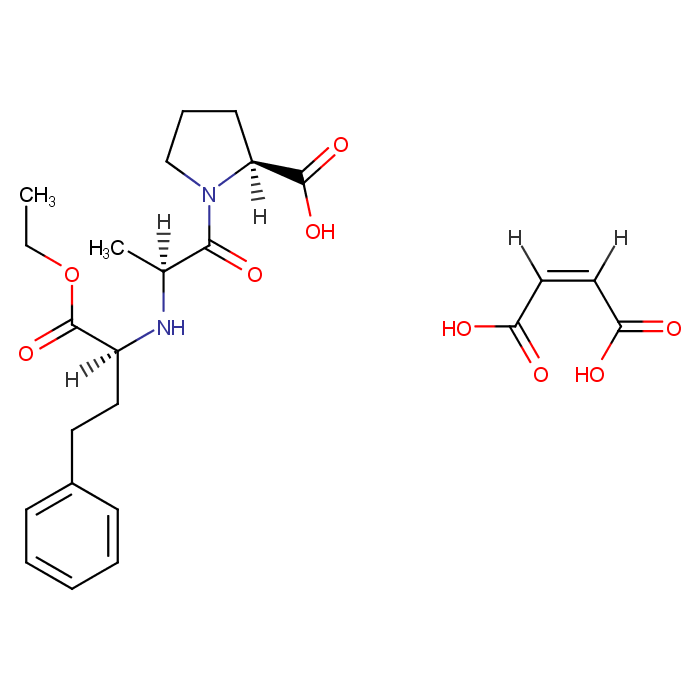
 EN
EN





